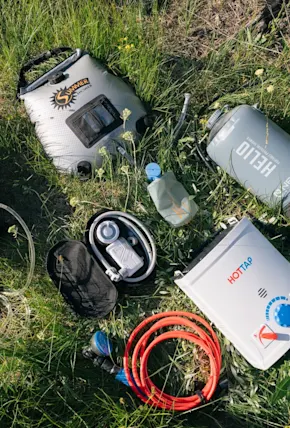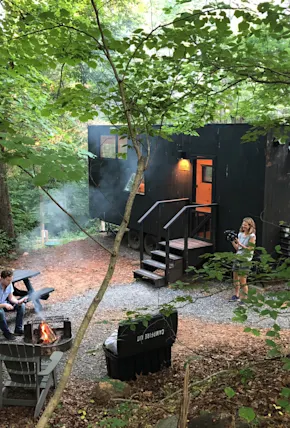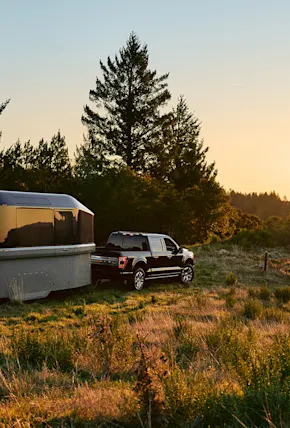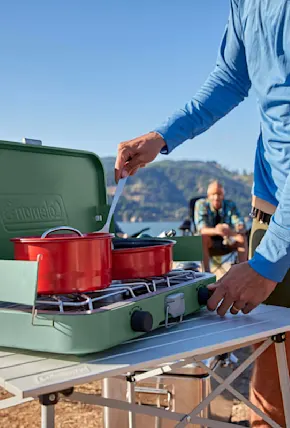Mitsubishi’s name is synonymous with adventure and dirt as the brand has won countless World Rally races with its fire-spitting Lancer Evolution. There’ve been multiple Dakar Rally podiums thanks to the legendary Mitsubishi Pajero, too. Yet, when most go looking for an adventure-ready vehicle that’ll take you to far-flung camping spots deep in the woods, in the North American market Toyota tends to top Mitsubishi in the fantasy rig department. But don’t get it twisted, new cars are boring and the JDM Mitsubishi Delica minivan is the real adventure mobile you should be dreaming of.
Have we got your attention? Good. Keep reading for the full breakdown of Japan’s legendary wolf in sheep’s clothing.
What Is a Delica? And Are They Sold in the US?
With a name made from a combination of “delivery” and “car,” Mitsubishi first introduced the Delica in 1968, though the iteration most popular for outdoor lovers wasn’t introduced until the late 1980s (more on that below). Though a huge hit in Asian and European markets, the Mitsubishi Delica was never officially sold in North America. Nonetheless, Delicas are popular because of their off-road capability, compact size, interior capacity, and fuel efficiency—not to mention their unique look, vintage graphics, and fun (sometimes funny) accessories and features, like built-in mini refrigerators and electric window blinds. Delicas make perfect vanlife rigs.
Over the past decade, many Japanese Delicas have been imported into Canada, which allows the import of cars older than 15 years (so long as they meet a range of additional criteria, too). In the USA, cars must be 25 years or older to be imported, which has long made Delicas illegal to sell in the US. Now though, after years of waiting, 1990s era Delicas are now legal to import to the US, and many are starting to appear stateside for the first time (alongside tons of epic old Toyota Land Cruisers). So, yes, you can now buy a Delica in the US. Towards the bottom of this article we break down all you need to know about these quirky rigs, and how to buy a Mitsubishi Delica in the US. (The average price of a Mitsubishi Delica in the US is $14,000.)












